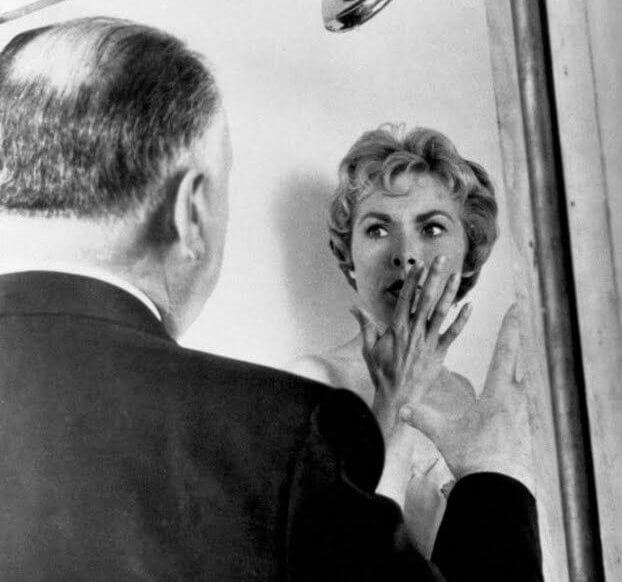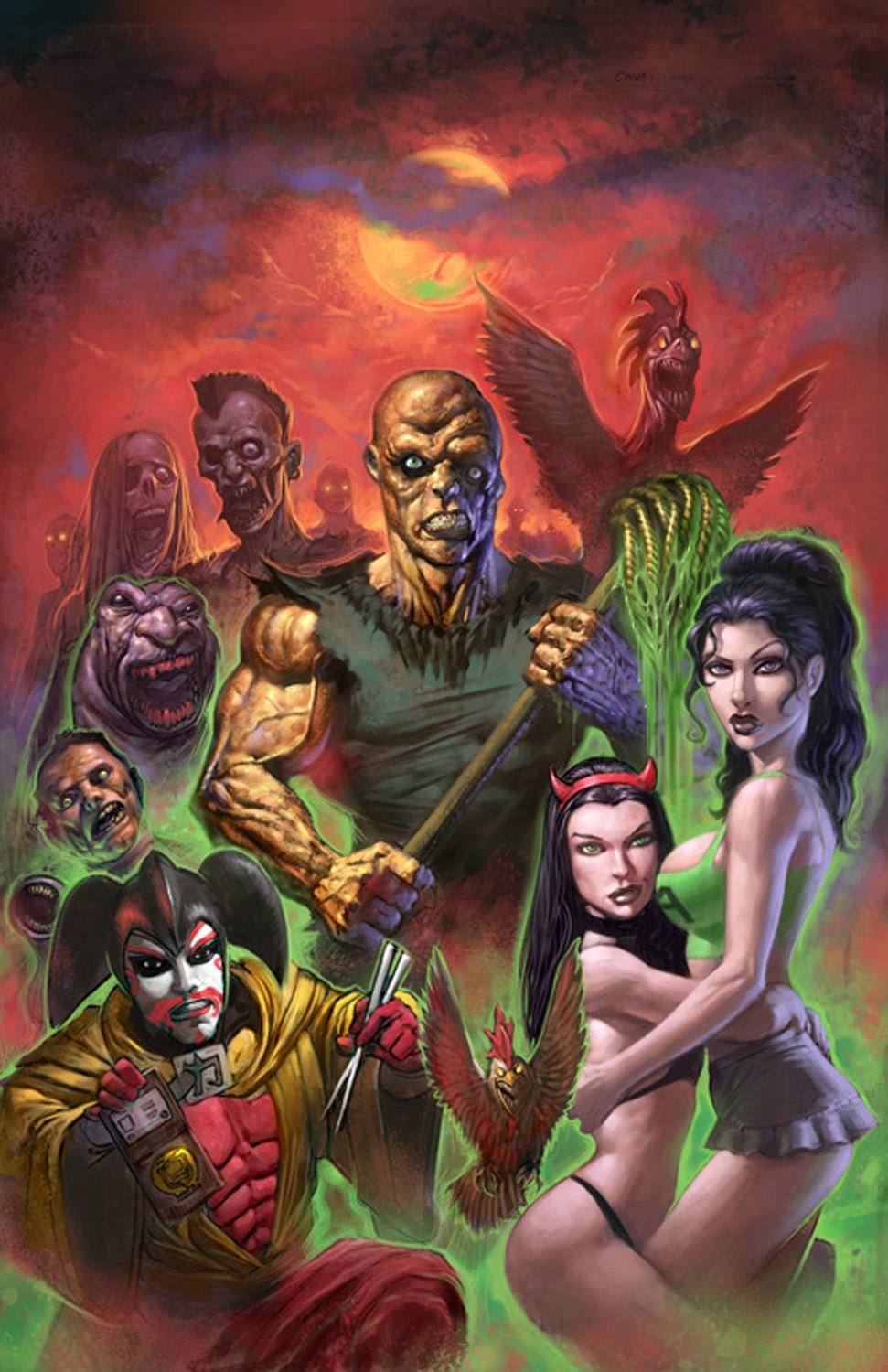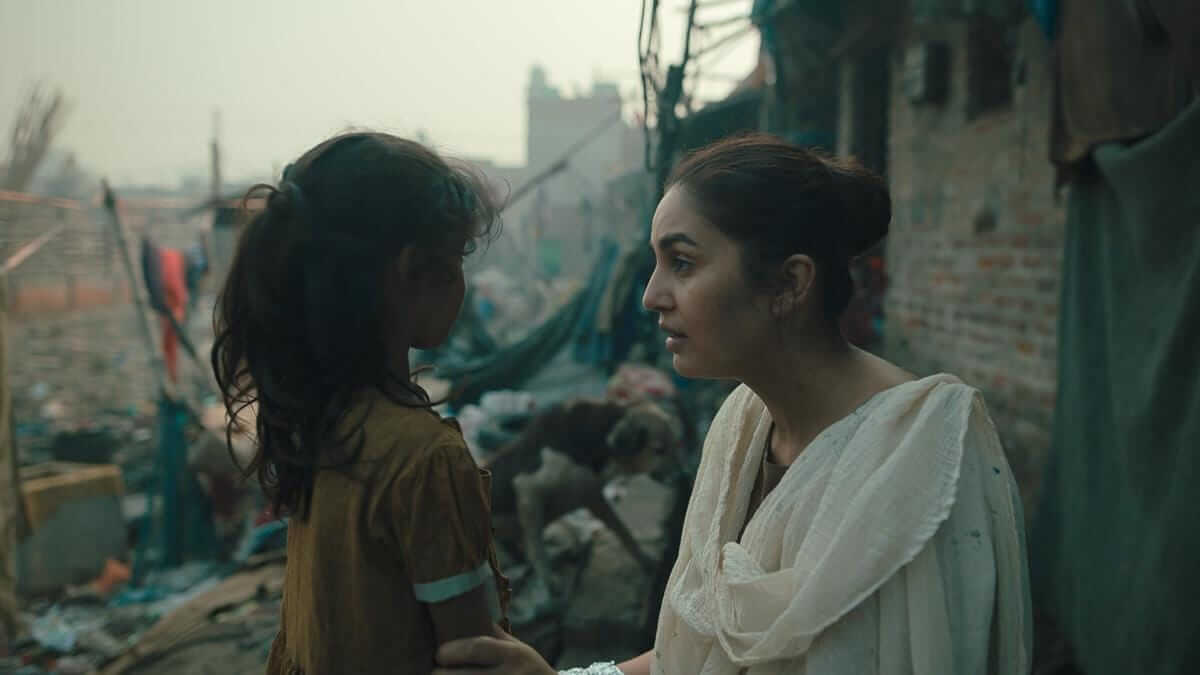
ALFRED HITCHCOCK’S’ 6 CINEMATIC TECHNIQUES
We know his movies. We’ve watched them, studied them, extracted all of the cinematic wisdom we can from them. But Alfred Hitchcock’s TV show Alfred Hitchcock Presents is an oft unopened door inside the genius of the Master of Suspense.
And who better to open that door and show us around than author and leading Hitchcock scholar Jeffrey Michael Bays. In the first of several episodes of his web series Hitch20, Bays examines the cinematic techniques the director used in Presents, including using happy settings to heighten drama, roaming camera movements, “following the eyes,” his special attention toward hands, feet, and objects, Hitch’s famous “silent murders,” and finally, knowing when not to cut.
It’s the Mind of the Audience
Change everything in your screenplay so that it is done for the audience. Nothing is more important than how each scene is going to affect the viewer. Make sure the content engages them and reels them in. Use the characters to tease the viewer and pull them along desperately wanting more. Hitchcock knew why people are drawn to a darkened theater to absorb themselves for hours with images on a screen. As a film director you can throw things at them, hurl them off a cliff, or pull them into a dangerous love story, and they know that nothing will happen to them.
Frame for Emotion
Emotion (in the form of fear, laughter, surprise, sadness, anger, boredom, etc.) is the ultimate goal of each scene. The first consideration of where to place the camera should involve knowing what emotion you want the audience to experience at that particular time. Emotion comes directly from the actor’s eyes. You can control the intensity of that emotion by placing the camera close or far away from those eyes. A close-up will fill the screen with emotion, and pulling away to a wide angle shot will dissipate that emotion.
Dialogue Means Nothing
One of your characters must be preoccupied with something during a dialogue scene. Their eyes can then be distracted while the other person doesn’t notice. This is a good way to pull the audience into a character’s secretive world.
“People don’t always express their inner thoughts to one another,” said Hitchcock, “a conversation may be quite trivial, but often the eyes will reveal what a person thinks or needs.”
Montages
Divide action into a series of close-ups shown in succession. Don’t avoid this basic technique. This is not the same as throwing together random shots into a fight sequence to create confusion. Instead, carefully choose a close-up of a hand.
Hitchcock said this was “transferring the menace from the screen into the mind of the audience.” (Schickel) The famous shower scene in Psycho uses montage to hide the violence.
Keep your Story Simple
If your story is confusing or requires a lot of memorization, you’re never going to get suspense out of it. The key to creating that raw Hitchcock energy is by using simplistic, linear stories that the audience can easily follow. Everything in your screenplay must be streamlined to offer maximum dramatic impact. Remove all extraneous material and keep it crisp. Each scene should include only those essential ingredients that make things gripping for the audience. As Hitchcock says, “what is drama, after all, but life with the dull bits cut out…” (Truffaut)
Characters must break cliches
Make all of your characters the exact opposite of what the audience expects in a movie. Turn dumb blondes into smart blondes, give the Cuban guy a French accent, and the criminals must be rich and successful. They should have unexpected personalities, making decisions on a whim rather than what previous buildup would suggest. These sort of ironic characters make them more realistic to the audience, and much more ripe for something to happen to them.
Hitchcock criminals tend to be wealthy upper class citizens whom you’d never suspect, the policeman and politicians are usually the bumbling fools, the innocent are accused. This is a great technique to form a sense of unpredictability and suspense.


